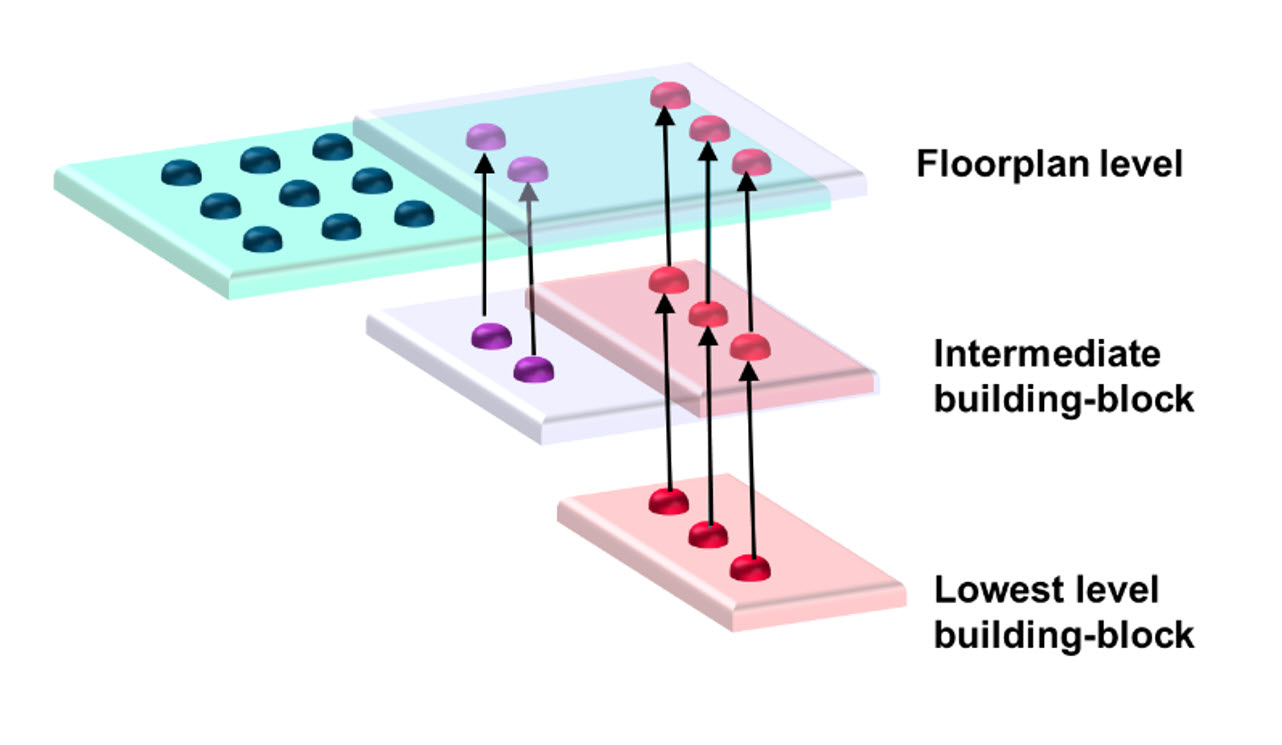Sometimes we miss the forest for the trees, and I’m as guilty as anyone else. When we think testbenches, we rightly turn to UVM because that’s the agreed standard, and everyone has been investing their energy in learning UVM. UVM is fine, so why do we need to talk about anything different? That’s the forest and trees thing. We don’t … Read More
 WEBINAR: Revolutionizing Electrical Verification in IC DesignIn the complex world of IC design, electrical…Read More
WEBINAR: Revolutionizing Electrical Verification in IC DesignIn the complex world of IC design, electrical…Read More Hierarchically defining bump and pin regions overcomes 3D IC complexityBy Todd Burkholder and Per Viklund, Siemens EDA…Read More
Hierarchically defining bump and pin regions overcomes 3D IC complexityBy Todd Burkholder and Per Viklund, Siemens EDA…Read More CDC Verification for Safety-Critical Designs – What You Need to KnowVerification is always a top priority for any…Read More
CDC Verification for Safety-Critical Designs – What You Need to KnowVerification is always a top priority for any…Read More Ceva Unleashes Wi-Fi 7 Pulse: Awakening Instant AI Brains in IoT and Physical RobotsIn the rapidly evolving landscape of connected devices,…Read More
Ceva Unleashes Wi-Fi 7 Pulse: Awakening Instant AI Brains in IoT and Physical RobotsIn the rapidly evolving landscape of connected devices,…Read More Adding Expertise to GenAI: An Insightful Study on Fine-TuningI wrote earlier about how deep expertise, say…Read More
Adding Expertise to GenAI: An Insightful Study on Fine-TuningI wrote earlier about how deep expertise, say…Read MoreBreker Verification Systems Unleashes the SystemUVM Initiative to Empower UVM Engineering
The much anticipated (virtual) DVCON 2022 is happening this week and functional verification plus UVM is a very hot topic. Functional Verification Engineers using UVM can enjoy a large number of benefits by synthesizing test content for their testbenches. Abstract, easily composable models, coverage-driven content, deep… Read More
Intel’s Investor Day – Nothing New
Intel’s big investor day was anything but big. The stock reacted poorly, down 5% on a day that was a widespread sell-off anyways.
I want to briefly summarize what matters for the stock. There was very little incremental news to the technology roadmap, and the financial outlook was underwhelming, to say the least.
The revenue guide… Read More
Podcast EP64: The real story behind Fairchild Semiconductor
Dan is joined by John East, the former CEO of Actel. In the sixth episode of Semiconductor Insiders John explained the beginnings of Fairchild Semiconductor and the significance of the Traitorous Eight.
In this follow-up discussion, John recounts the rise and fall of Fairchild Semiconductor. This is a turbulent and significant … Read More
CEO Interview: Tamas Olaszi of Jade Design Automation
Why does the industry need another register management tool? This is a question that Tamas Olaszi, the founder of Jade Design Automation hears from time to time since Jade-DA brought Register Manager, their EDA tool, to market. So why?
There is a genuine answer to this question but first let me use this interview to give some helpful… Read More
Integrated 2D NoC vs a Soft Implemented 2D NoC
We are living in the age of big data and the future is going to be even more data centric. Today’s major market drivers all have one thing in common: efficient management of data. Whether it is 5G, hyperscale computing, artificial intelligence, autonomous vehicles, or IoT, there is data creation, processing, transmission, and … Read More
Scalable Verification Solutions at Siemens EDA
Lauro Rizzatti recently interviewed Andy Meier, product manager in the Scalable Verification Solutions Division at Siemens EDA. Andy is a product manager in the Scalable Verification Solutions Division at Siemens EDA. Andy has held positions in the electronics and high-tech fields during his 20-year career including: Sr.… Read More
Working with the Unified Power Format
The Accellera organization created the concept of a Unified Power Format (UPF) back in 2006, and by 2007 they shared version 1.0 so that chip designers would have a standard way to communicate the power intentions of IP blocks and full chips. By 2009 the IEEE received the Accellera donation on UPF , reviewed multiple drafts and published… Read More
Power Analysis in Advanced SoCs. A Siemens EDA Perspective
The success of modern battery-powered products depends as much on useful operating time between charges as on functionality. FinFET process technologies overtook earlier planar CMOS in part because they significantly reduce leakage power. But they exacerbate dynamic power consumption thanks to increased pin capacitances.… Read More
The Clash Between 5G and Airline Safety
For 5G to really deliver on its promise of high bandwidth and good coverage, it needs to use an RF band known as C-Band (3.7 to 4.4 GHz). This band is ideal because its frequency is high enough to offer 100MHz wide channels and also low enough that signal attenuation, especially in urban areas, is minimal. In 2020 the FCC auctioned off… Read More










AI RTL Generation versus AI RTL Verification